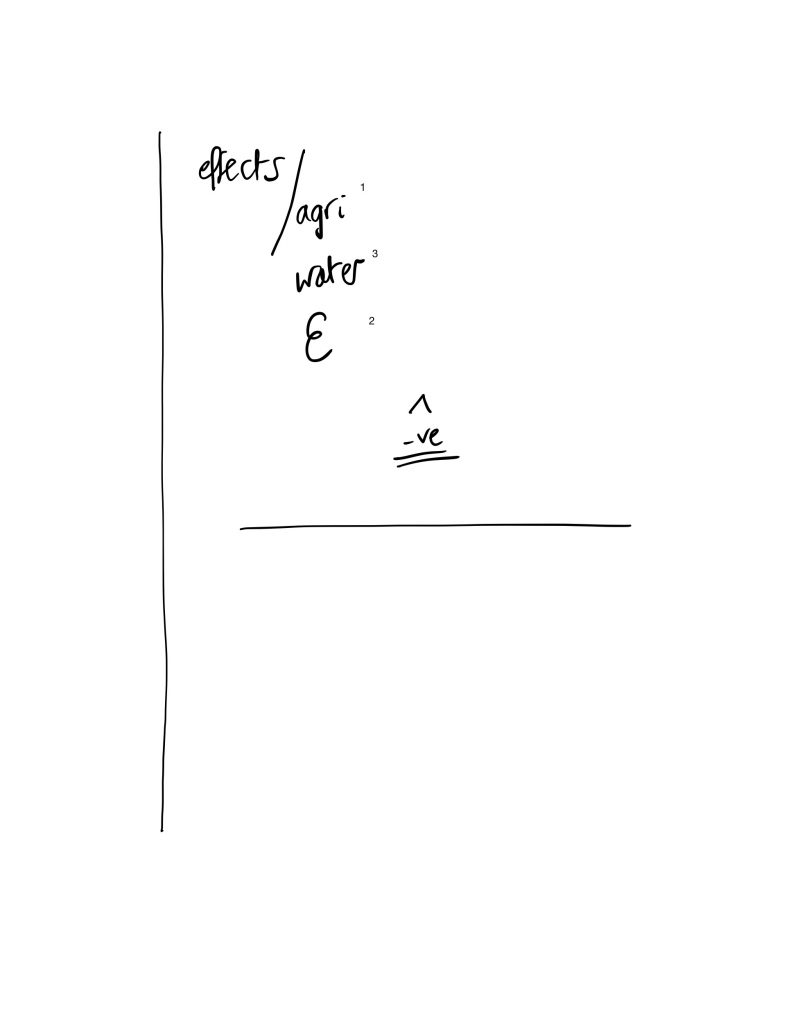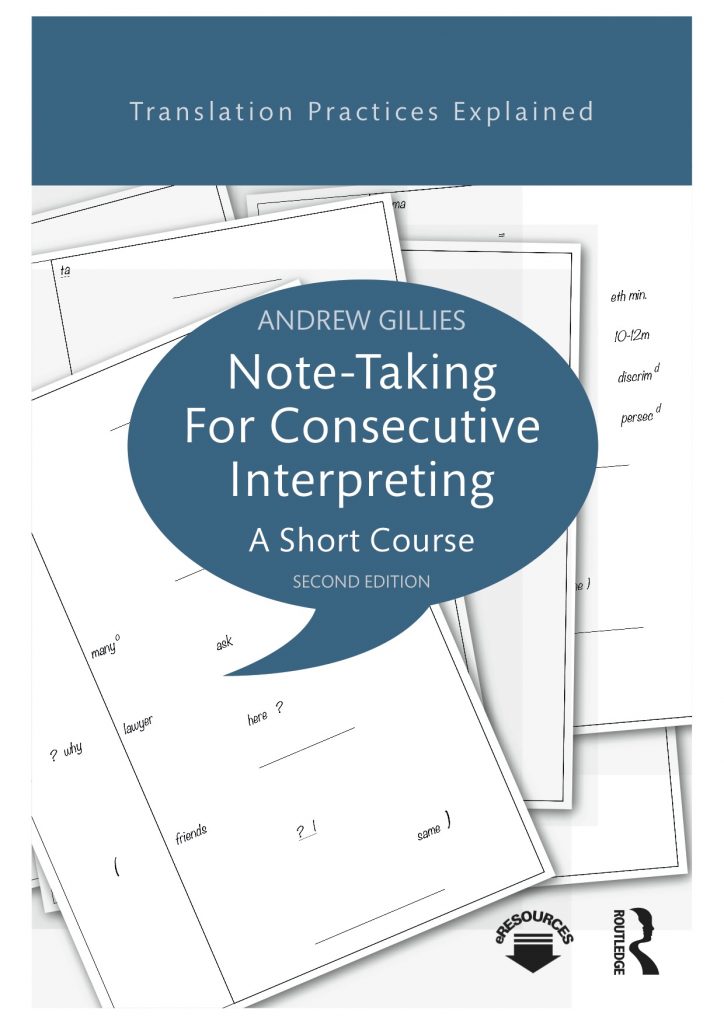The following is taken from Note-taking for Consecutive Interpreting Andrew Gillies
In this extract Gillies explains how noting elements of a list in an order different to the order they are spoken can relieve the strain on working memory capacity.
Noting lists
You will hear a list in order: 1, 2, 3. You will find, however, that it is possible to relieve the strain on your short-term memory by noting 1, 3, 2. This is because, if you note 1 and 3 the moment you hear them, they never make it into your work- ing memory and therefore never burden it. All you have to do is remember 2 for a couple of seconds. This works with longer lists as well, of course, but the exact order is something you will have to practise and work out for yourself. At the same time, the elements of the list remain vertically aligned to one another, as described in Chapter 5 of Part I.
Example (McCulley)
temperatures could rise by nine degrees Fahrenheit by the end of this century.
The effects on agriculture, water sources and energy would be disastrous if this were to happen.
This example could have been noted in the order shown the following notes. I have marked the chronological order in which these elements are noted like this – 1. The change in the order of noting elements in the list ( 1–3 ), as compared to the order in which they were spoken, is minor but is very effective in relieving excess strain on your memory.

